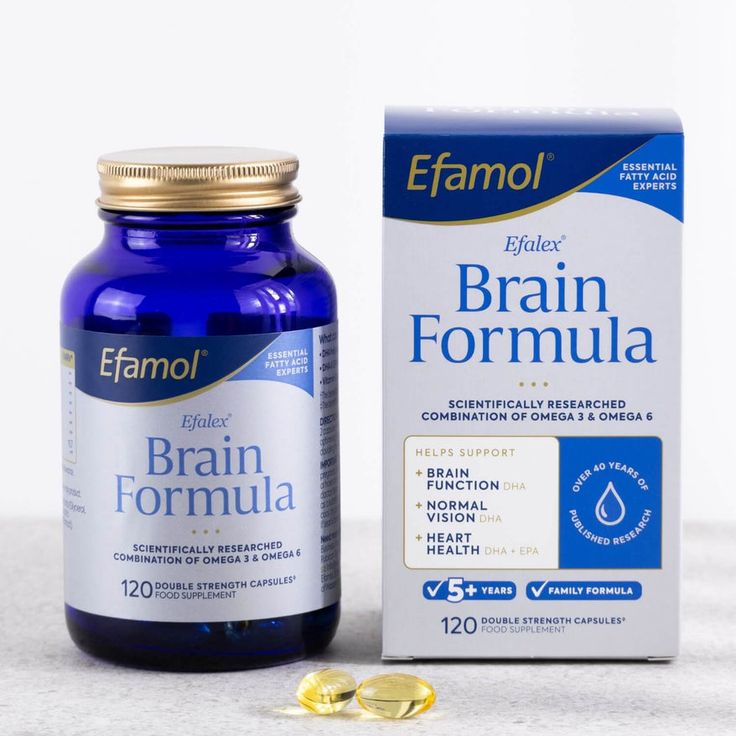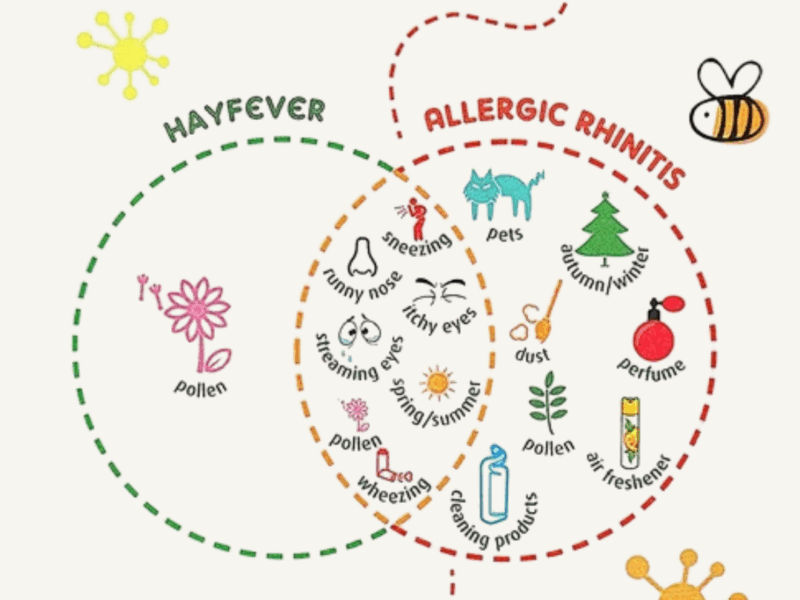What are omega fatty acids?
Omega fatty acids are polyunsaturated fatty acids (PUFAs). There are two major classes of these: omega-3 and omega-6 fatty acids. Omega fatty acids are vital nutrients for our health and play a role in a number of different bodily processes, from brain health to heart function.
Alpha Linolenic Acid (ALA),
An omega-3 fatty acid, and Linoleic Acid (LA), an omega-6 fatty acid, are known as essential fatty acids. This is because they cannot be made by your body and have to be obtained through your diet. These two omegas are ‘parent’ fatty acids, that can be converted by your body into the below fatty acids:
EPA – Omega 3 (Eicosapentaenoic acid)
EPA is an omega-3 fatty acid that plays a vital role in heart health. The body can produce EPA from the essential fatty acid ALA, but the conversion process is inefficient. It is found in high concentrations in cold-water oily fish that eat algae, like mackerel and sardines.
EPA and DHA contribute to the normal function of the heart.

The beneficial effect is obtained with a daily intake of 250mg of EPA and DHA.
DHA – Omega 3 (Docosahexaenoic acid)
DHA is an omega-3 fatty acid that is essential to brain health and vision. The body can also produce DHA from the essential fatty acid ALA. ALA is first converted to EPA, which is then converted to DHA. This conversion depends on a rate limiting step which varies in efficiency from person to person. DHA is found in high concentrations in breast milk and in cold-water, deep dwelling algal-eating fish. The grey matter in the brain and the retina of the eye contains high concentrations of DHA.
DHA contributes to maintenance of normal brain function
DHA contributes to the maintenance of normal vision
The beneficial effect is obtained with a daily intake of 250mg of DHA.
GLA – Omega 6 (Gamma Linolenic acid)
GLA is an omega-6 fatty acid found in Evening Primrose, Borage and Blackcurrant seeds. The body can produce GLA from the essential fatty acid LA, this conversion depends on a rate limiting step which varies in efficiency from person to person. GLA is not widely available in the diet, it is easily damaged and must be carefully extracted from the small seeds of the Evening Primrose plant to ensure that it is available in its most natural form in food supplements.
AA – Omega 6 (Arachidonic Acid)
AA is an omega-6 polyunsaturated fatty acid. It is also produced in the body from the plant sourced essential fatty acid LA, although this conversion is restricted. AA is directly available in the diet from poultry, nuts/seeds, animal organs, meat, seafood and eggs. It is found in especially high concentrations in the brain and muscles and is a fundamental part of the structure of a cell.
Source: Efamol.com




